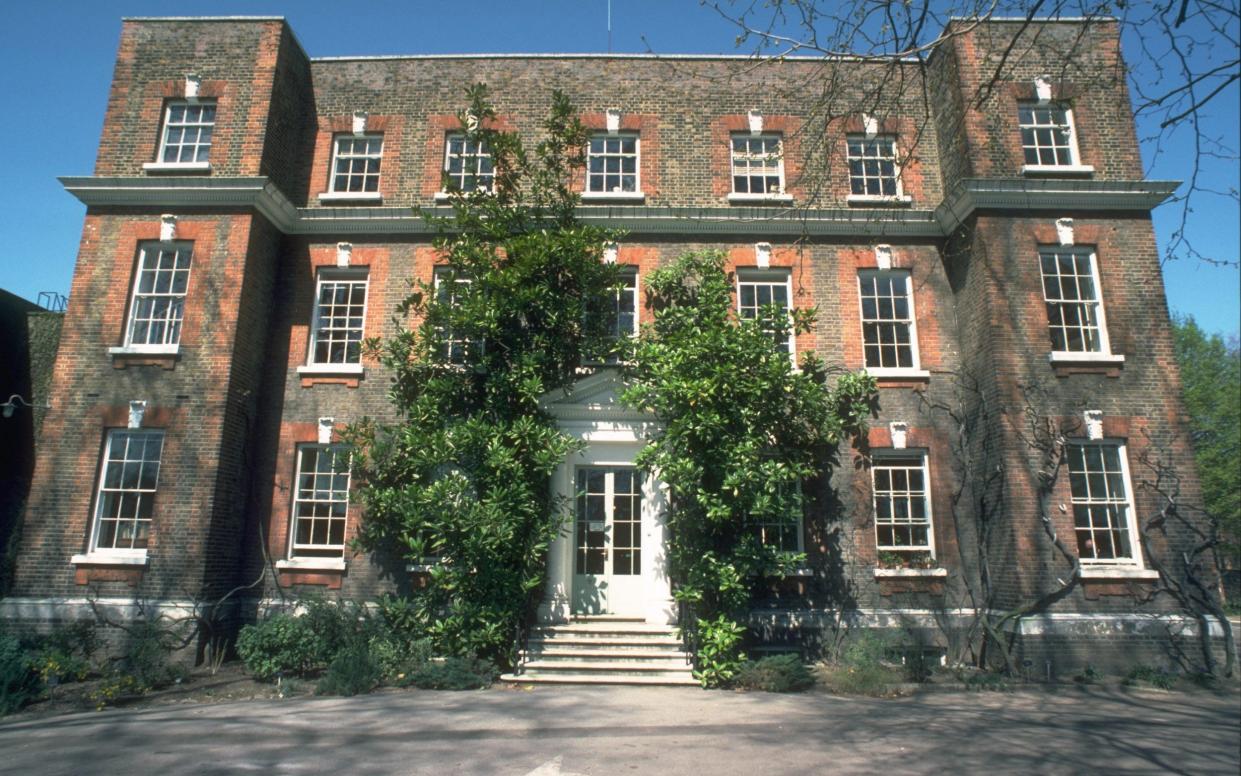Historic bequest could put block on plans to move Kew Herbarium

Plans to uproot Kew Gardens’ historic library of dried specimens, and move it to a science park in Reading, could be blocked after the original bequest was unearthed, stating the collection must remain in place.
Kew’s Herbarium, which dates from 1853, was founded from the collection of English botanist Sir William Hooker – the first director of the gardens – and holds more than seven million specimens dating back to the 17th century.
The Royal Botanic Gardens wants to relocate the plant library in the Thames Valley Science Park, a decision which botanists say will end careers, damage science and lead foreign countries to take back their collections.
But Isobel Moses, a descendent of Sir William, has uncovered documents in the Kew archives in which the botanist stipulated the collection must stay within the gardens.
In an 1865 letter, Sir William wrote: “It is my earnest entreaty that on my decease, the Chief Commissioner of Works would present to Her Majesty’s Government …the opportunity of purchasing the Herbarium at a fair valuation and depositing it at Kew, as part of the Crown Property attached to the Royal Gardens.”

Separate letters to the government from Sir Joseph Hooker, Sir William’s son, and also a former director at Kew, state that the “last wishes” of his father were that the collection be deposited at Kew “in perpetuity”.
A legal expert approached by Kew scientists fighting the relocation said the documents “go a long way towards being a contract between his executors and the government”.
They added: “I think you could argue the executors offered the herbarium to the government at a certain price, to be kept at Kew, and the government accepted that offer and agreed to pay the price asked.”
Mrs Moses, who is fighting for the collection to remain at Kew, said: “The proposed move makes no sense whatsoever, and would remove a key part of Kew from the rest of its activities, at a time of increasing concern about the dire effects of global warming.”
Plant experts argue the Herbarium needs to be housed alongside the living collection for research purposes, and more than 17,000 people have now signed a petition calling for a rethink.
A recent Prospect union survey of a small number of staff showed 84 per cent are opposed to the move, while 94 per cent said the ongoing dispute was impacting their mental health.
However, staff have been warned the decision is final and threatened with disciplinary action if they speak out publicly against the move.

One senior employee who did not want to be named for fear of reprisals told the Telegraph: “Most colleagues are against the move, but staff have been banned from contacting trustees or journalists and everyone is really frightened and angry and anxious.
“Management claims the collection is at risk, but we are the world experts and if we thought the specimens were in danger, we would be the first to say. We need to have the specimens close to us.”
The Herbarium houses 90 per cent of the world’s plant diversity, gaining around 30,000 new additions each year. Many specimens are still to be classified. Prize specimens in the collection include a Galapagos fern collected by Charles Darwin and plants from the East India Company that launched the tea trade.
A spokesman for Royal Botanic Gardens said: “Our plans for a modern, purpose-built and state-of-the-art facility for our world-leading collection will not only maintain Britain’s historic position in botanical research and innovation but will also ensure the secrets of these specimens can be unlocked in the future, leading to potential discoveries for repairing our fragile planet.”
The Department of the Environment, which part-funds Kew, said that no final decision about the herbarium had been made.
“Ministers will continue to be updated as these discussions progress,” said a spokesman for Defra.


